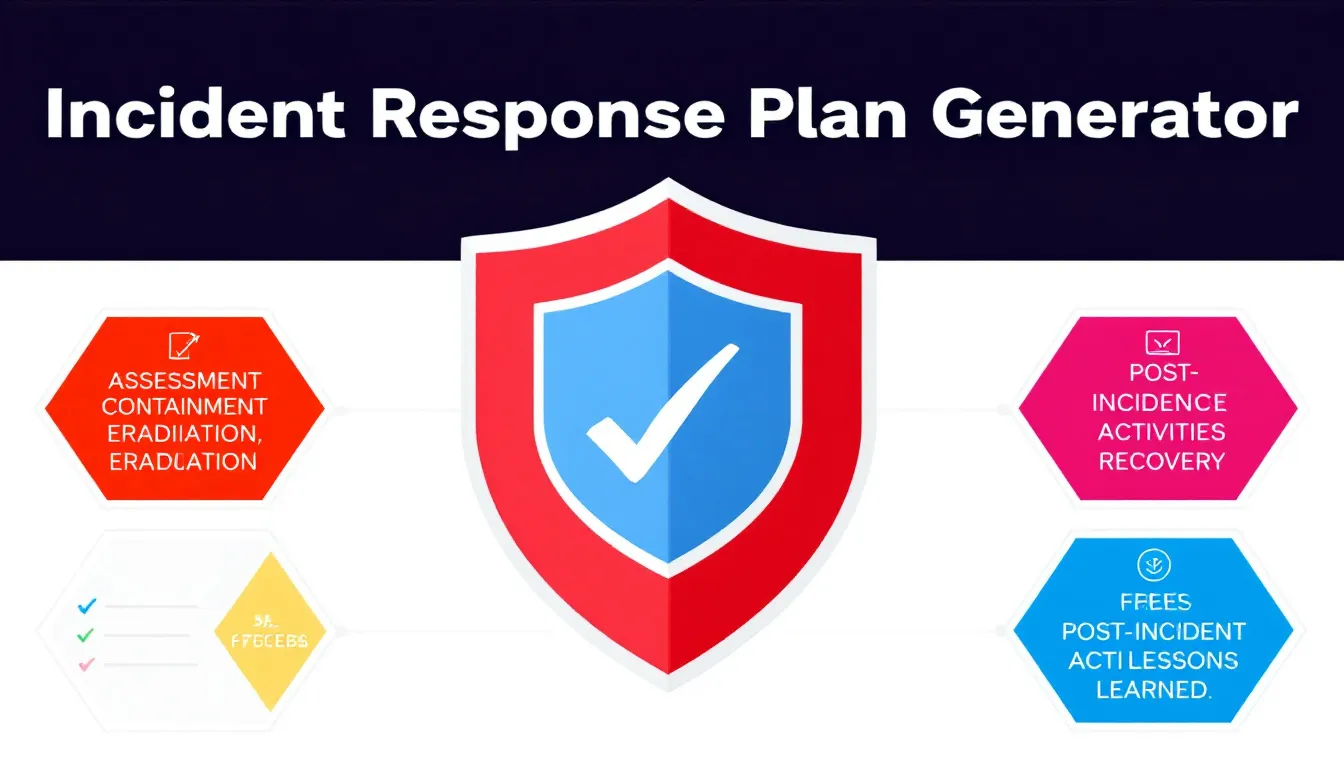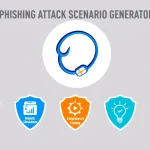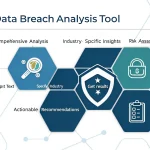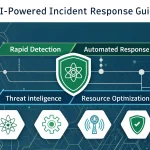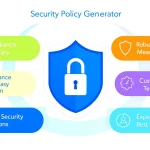Incident Response Plan Generator
Is this tool helpful?
How to Use the Incident Response Plan Generator Effectively
You’ll get the best results by providing clear and specific information in each field of the Incident Response Plan Generator. Here’s how to fill out the form for a customized, practical plan:
-
Organization Details: Describe your company’s structure, size, and industry to help tailor the plan.
- “Medium-sized manufacturing firm with 200 employees, operating multiple plants focused on automotive parts.”
- “Startup tech company with 30 developers specializing in mobile app development for healthcare.”
-
Potential Risks: List risks and vulnerabilities unique to your organization. Be thorough.
- “Cloud infrastructure misconfigurations, insider threats, phishing attacks targeting finance teams.”
- “Third-party vendor breaches, ransomware, unpatched software vulnerabilities.”
- Existing Security Measures (Optional): Outline current security controls or protocols in use to help the plan reflect your environment.
- Key Stakeholders (Optional): Identify roles involved in incident management, such as IT director, security officer, legal advisor.
- Regulatory Requirements (Optional): Include laws or standards your organization complies with, like HIPAA, SOX, or ISO 27001.
After completing the form, click Generate Incident Response Plan. The tool will produce a detailed plan customized to your inputs, covering preparation, detection, containment, and recovery processes.
Understanding the Incident Response Plan Generator: Definition, Purpose, and Benefits
The Incident Response Plan Generator creates a tailored roadmap for handling cybersecurity incidents specific to your organization. It helps you systematically prepare for, respond to, and recover from data breaches or cyberattacks with a focused, step-by-step strategy.
Purpose of the Incident Response Plan Generator
- Provide a customized, practical incident response plan based on your organization’s specific risks and environment.
- Reduce the time and effort needed to create a comprehensive incident response strategy.
- Align your response plan with industry regulations and compliance standards.
- Clarify roles and responsibilities to improve team coordination during incidents.
- Promote proactive risk awareness and preparedness.
Key Benefits of Using This Generator
- Tailored Plans: The generated plan fits your organization’s unique structure, threats, and compliance needs, ensuring relevance.
- Time Savings: Quickly develop an actionable plan without building from scratch, freeing resources for other priorities.
- Compliance Support: Incorporate your regulatory requirements to avoid legal issues and penalties.
- Clear Action Steps: Follow a structured approach from preparation to lessons learned, addressing all critical phases of incident response.
- Defined Roles: Identify stakeholder responsibilities up front, improving readiness and collaboration.
- Continuous Improvement: Easily update your plan as your organization and threat landscape evolve.
Practical Usage and Real-World Applications
This tool suits any organization that wants a clear, customized strategy for managing cybersecurity incidents. Here are examples showing how different companies benefit:
Example 1: Regional Nonprofit Organization
- Organization Details: “Nonprofit with 100 staff and volunteers operating across several community centers.”
- Potential Risks: “Email phishing, outdated software, mobile device theft.”
- Existing Security Measures: “Basic antivirus, annual staff cybersecurity training.”
- Key Stakeholders: “Executive Director, IT Coordinator, Communications Officer.”
- Regulatory Requirements: “State data protection laws.”
The generated plan outlines prioritized actions like updating software regularly, establishing incident reporting processes, and educating personnel on phishing recognition.
Example 2: Mid-sized Financial Services Firm
- Organization Details: “Financial advisory company with 120 employees serving high-net-worth clients.”
- Potential Risks: “Customer data breaches, insider fraud, ransomware attacks.”
- Existing Security Measures: “Role-based access controls, multi-factor authentication, encryption.”
- Key Stakeholders: “CISO, Compliance Officer, Legal Counsel, IT Security Manager.”
- Regulatory Requirements: “SEC regulations, GDPR.”
The resulting plan focuses on incident detection protocols, secure data handling, timely breach notification procedures, and detailed recovery steps aligned with regulatory requirements.
Additional Tips for Maximizing Your Incident Response Plan
- Review Regularly: Update the plan at least once a year or when organizational changes occur.
- Train Your Team: Conduct regular simulations to ensure all stakeholders understand their roles.
- Customize Further: Use the generated plan as a foundation and adapt it with additional details specific to your operations.
- Conduct Risk Assessments: Use the generator alongside formal risk evaluations to improve accuracy.
- Coordinate Communication: Include clear notification procedures to keep internal teams and external partners informed during incidents.
Important Disclaimer
The calculations, results, and content provided by our tools are not guaranteed to be accurate, complete, or reliable. Users are responsible for verifying and interpreting the results. Our content and tools may contain errors, biases, or inconsistencies. Do not enter personal data, sensitive information, or personally identifiable information in our web forms or tools. Such data entry violates our terms of service and may result in unauthorized disclosure to third parties. We reserve the right to save inputs and outputs from our tools for the purposes of error debugging, bias identification, and performance improvement. External companies providing AI models used in our tools may also save and process data in accordance with their own policies. By using our tools, you consent to this data collection and processing. We reserve the right to limit the usage of our tools based on current usability factors.
